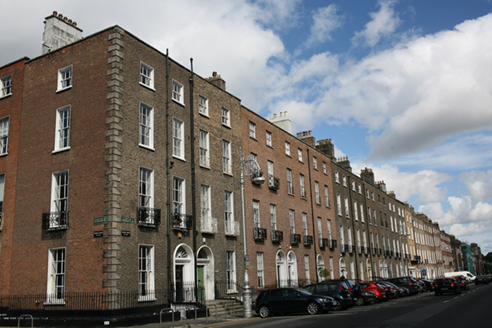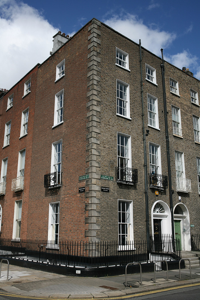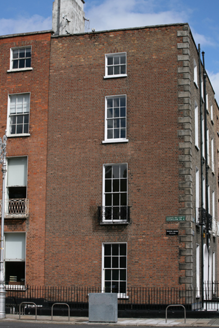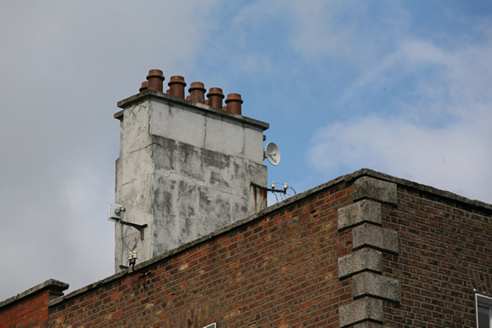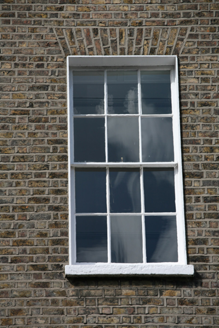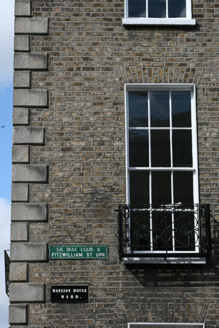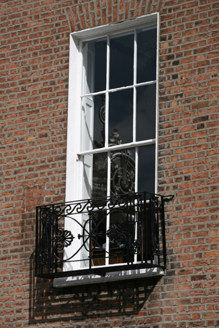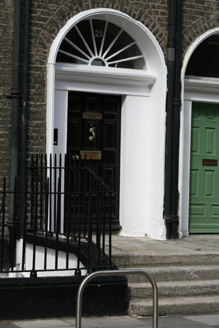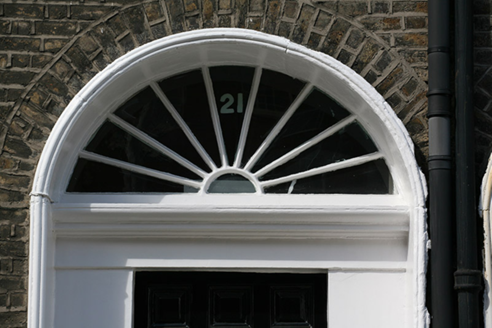Survey Data
Reg No
50930078
Rating
Regional
Categories of Special Interest
Architectural, Artistic
Original Use
House
In Use As
Office
Date
1810 - 1830
Coordinates
316584, 233104
Date Recorded
09/09/2015
Date Updated
--/--/--
Description
Corner-sited end-of-terrace two-bay four-storey over basement former townhouse, built c. 1820, with single-bay south elevation fronting onto Fitzwilliam Square North. Now in use as offices. Single-span slate roof with ridge running perpendicular to street and hipped to front (east), concealed behind parapet wall with granite coping over. Tall rendered chimneystack to west party wall with glazed lipped pots and cast-iron rainwater goods breaking through parapet. Buff brick walls laid in Flemish bond with cement pointing, red brick to south side elevation and rusticated granite quoins to outer corner only. Granite plinth course over ruled-and-lined rendered basement wall. Gauged brick square-headed window openings with granite sills and original timber sash windows and historic glass; three-over-three to third floor, eight-over-eight to basement and six-over-six pane to remainder. Decorative wrought- and cast-iron balconettes to first floor, cast-iron grille affixed to basement. Gauged brick round-headed doorcase opening with square-headed door opening flanked by blank painted panels, moulded lintel cornice and spoked fanlight. Original timber panelled door with eleven raised-and-fielded panels opening onto shared granite platform with iron boot scraper and granite steps to street. Platform and basement enclosed by original wrought- and cast-iron railings set on granite plinth wall. Forming part of a continuous terrace of former townhouses lining west side of Fitzwilliam Street Upper.
Appraisal
A handsome end-of-terrace former townhouse which successfully stitches Fitzwilliam Street Upper into the north terrace of Fitzwilliam Square. It retains its original façade composition and much historic external fabric, including sash windows and well-executed ironwork. The granite dressings contrast with the mellow brick, adding colour and textural interest. It forms part of a long terrace of former residences and contributes significantly to the coherent appearance of the streetscape in the heart of the south Georgian core.
